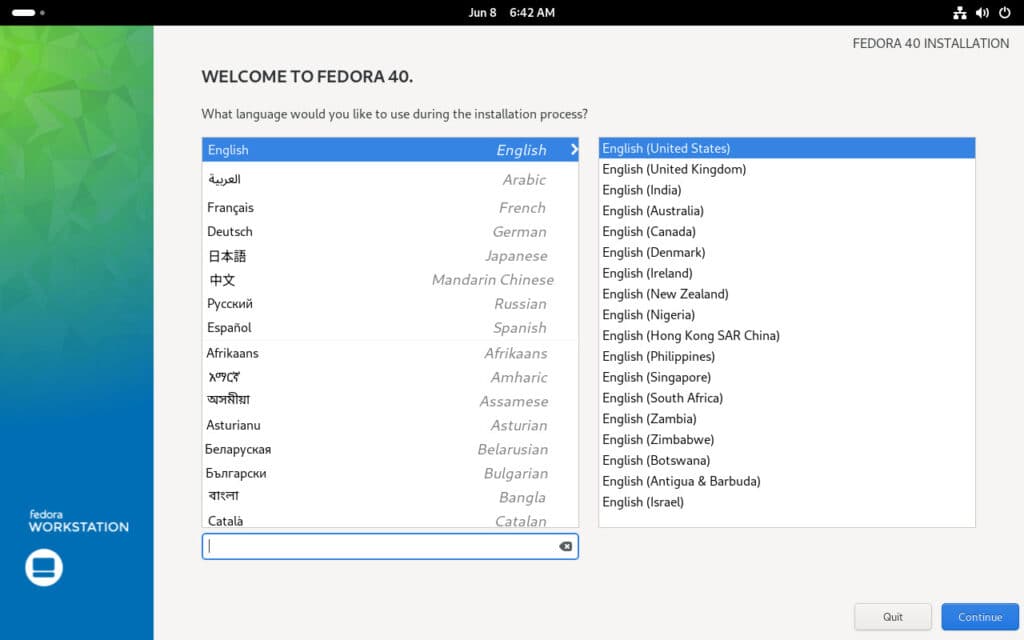This year, Fedora is set to be one of the early distributions to stop using Xorg and switch to Wayland fully. Following a decision in March to remove the Xorg session from upcoming releases, Fedora is now preparing to apply this change to another key part, its installer.
In a shift towards modernizing its installation environment, Fedora has proposed a major update for Anaconda, its default system installer. The change targets the upcoming Fedora 41, scheduled for release in mid-October.
The proposed change aims to transition Anaconda from an X11-based application to a native Wayland functionality.
Currently, the installer operates under the X11 system, which has become increasingly burdensome due to its legacy dependencies. The proposed switch to Wayland is driven by the need to eliminate these outdated dependencies from Fedora’s installation ISO images.

On top of that, this change also aligns well with Fedora and Red Hat’s broader goals to modernize their distributions’ core systems, including CentOS Stream and RHEL.
Anaconda’s transition to Wayland is set to address several technical debts and dependency issues inherent in the current X11-based setup. Notably, the update involves discontinuing TigerVNC, which relies on Xorg server sources, in favor of adopting the Remote Desktop Protocol (RDP) through Gnome Remote Desktop.
Another critical adjustment involves the handling of keyboard layouts. Currently, the Wayland system does not have a unified API for keyboard management, which has led to issues in consistent keyboard control during installations.
To address this, the Fedora team plans to adopt the systemd-localed DBus API across all Fedora spins, ensuring a more consistent and reliable user experience.
These changes mean a more streamlined installation experience for Fedora users, especially when installing Fedora in a remote or graphical environment. Moreover, adopting RDP ensures that remote installations are more secure and efficient, while the improved keyboard layout management will reduce installation anomalies related to system configuration.
Finally, we must emphasize that this is currently only a proposal. Before it can become a reality, it must first be approved by the Fedora Engineering Steering Committee (FESCo), a key governing body within the Fedora Project, which oversees various technical decisions related to the development of Fedora. However, all expectations are that this will happen.
The proposal can be seen here, and detailed information is available here.

This “Wayland Only” bit is going to destroy users who use any app that is X only. If they go through with getting Xorg out, they’ll lose desktop users to other distros. I’ve used Fedora since Core 1, and “Free” Red Hat since 5.0.
Fedora are truly interesting. Decisions like this I think are brilliant. The majority of users who are on modern hardware shouldn’t be held back or punished for being so. I’m not saying ignore users with older machines, but they shouldn’t be looking to run Gnome (Fedora primary workstation) release and instead looking for a spin instead with lower resource usage DE.
There are times where Fedora are slow too though, and lean too much on “old machines” as an excuse to not push things forwards. Such as removing GRUB and allowing users options during the install to setup UEFI systems to boot directly to SystemD or using Coreboot as an option.
Would be nice to see Fedora also offer a “non-American hosted” option which can have propriety software available by default, enabling commonly activated repo’s that uses all setup by default.